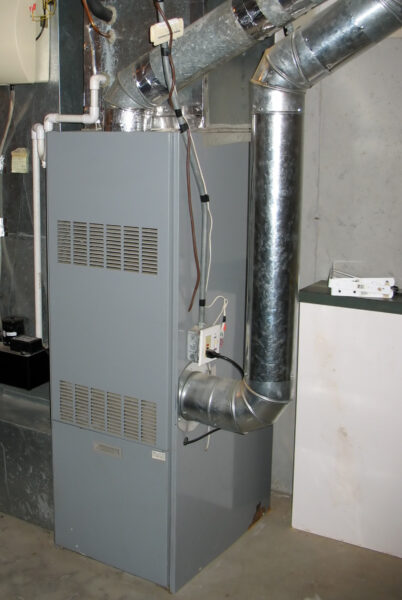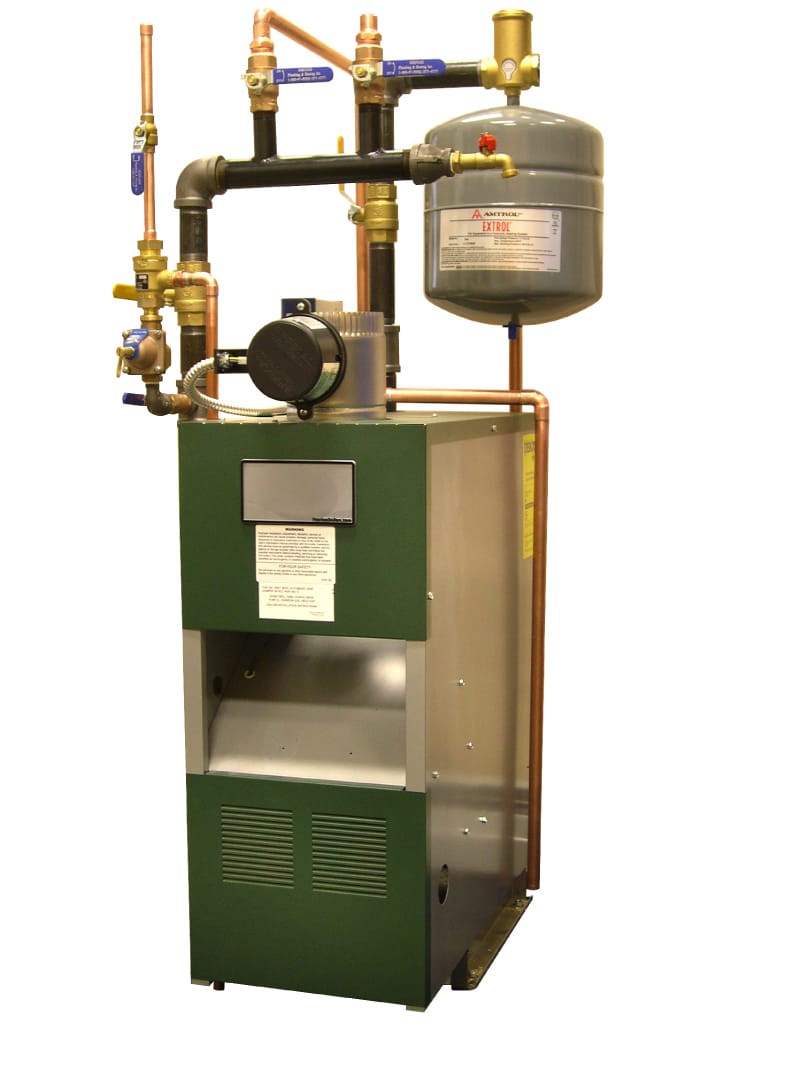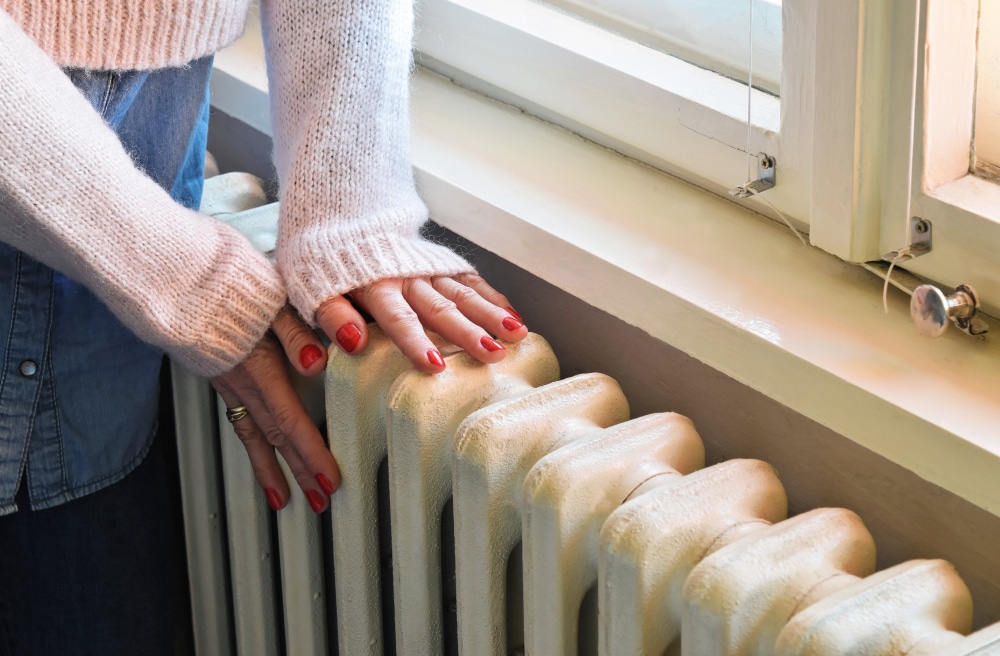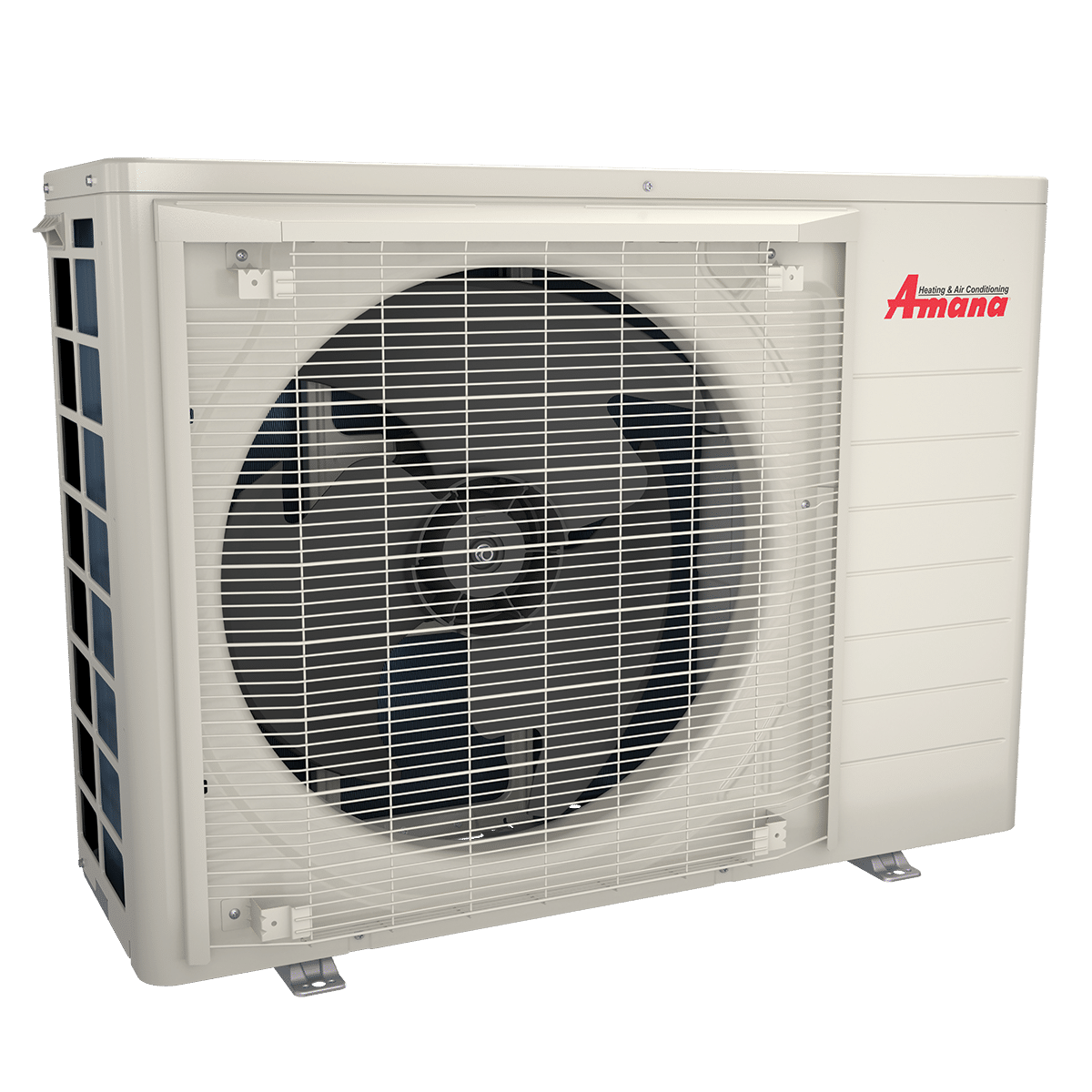
Deciding to replace your home’s heating system can feel like an overwhelming task. Not only are you trying to stay within your budget, but you’re making an investment that will hopefully last a decade or more. All this, to say nothing of the time pressure when your current system unexpectedly breaks down in peak heating season.
Don’t worry! Heritage has the basics covered, so you can make the decision that’s right for your home and get a system that will keep you comfortable year after year.
Step One: Get to Know Your System and Options
Our region tends to favor reliable, high-performance equipment due to our long and cold winters. These include fossil-fueled furnaces and boilers, and low-temperature rated heat pumps.
What’s already in your home will usually dictate what you replace it with, so it’s important to understand what you have currently before getting quotes. For example, if you have a boiler it wouldn’t be cost effective or possible to replace it with a furnace without existing ductwork. We’ll talk more about this later on!

Heating System Types Explained
Furnace: Also called a “Forced Hot Air” system, furnaces heat your home with hot air pushed through ductwork and vents. A side benefit of forced air systems is the ability to add-on products that offer more control over your home’s indoor humidity, air quality, and central cooling during summer; learn more.

Boiler: Also called a “Forced Hot Water” system, boilers heat your home with hot water sent through baseboards or other forms of radiant heaters (like heated flooring). In general, boiler systems tend to last longer than furnaces due to how they are constructed (average lifespan of 20-30 years).

Steam: Also called a “Steam Boiler”, steam systems heat your home through high-pressure steam passed through radiators. This is how most homes in our region were heated at the turn of the 20th century. New models are still made today, but they are typically less efficient than a modern forced hot water system.

Heat Pumps & Mini-Split Ductless: Operated by electricity, these are a type of AC system that work in reverse to produce heat instead of cool air. Geothermal models are also available, which transfer heat gathered from the ground. Both heat pumps and their ductless counterpart, mini-split systems, have been around for decades but have only recently been adopted as a primary heating source in our region. Many homeowners find that a high efficiency heat pump system is an economical way to heat their home most winter days, and reserve their traditional system (like a boiler) as backup for the coldest.
You may have heard the term “combi” or combination system, indirect water heater, and more. These combine your heat and hot water into one system rather than operating independently.
Fuel Types Explained
Natural Gas: Provided by your gas company through a pressurized line that comes from the street. Natural gas systems tend to burn cleaner than oil, meaning they require less cleaning during each maintenance cycle.
Propane (LP Gas): Liquid propane, LP Gas, or simply propane, gives homeowners the option to have gas appliances (cooking range, clothes dryer, stove) in a form that can be safely delivered and stored in tanks for homes without a street connection. Propane is comparable to natural gas in everyday use.
Oil: Also known as #2 heating oil, oil-fueled systems have dominated our region due to their simplicity, reliability, and high heating efficiency. Oil systems will require more maintenance due to the byproducts from burning oil, and will require an oil tank on the property or inside the home.
Electricity: The least common source for heat in New England, electric heat hasn’t been very popular except in the form of electric baseboard or kickspace heaters, commonly found in additions and finished basements. However, when installing a heat pump or mini-split system, electricity can be one of the cheapest and most efficient ways to heat your entire home.
A Note On Efficiency
You may be curious about system efficiency ratings and what they mean. Efficiency is rated on a scale of 0-100%, and indicates how much fuel is wasted when converting it to heat. Currently, it is not possible for any system to be 100% efficient.
Today’s minimum requirements are at least 80%, meaning for every amount of fuel that is used, 20% of its energy potential is lost through the conversion process. High efficiency systems, typically 90% or higher, cost more upfront but will save homeowners money in the long run with lower operating costs.
Additionally, there can be state incentives for choosing a high efficiency system. Learn more for NH and MA.
Step Two: Decide to Repair, Replace, or Convert Your Heating System
There will be situations when you will need to consider whether it is more cost-effective to repair your existing heating system, replace it with a newer model, or convert it entirely to something else.
Typically, you’ll discover that a replacement is necessary through the advice of a licensed technician during a service visit. Any reputable company will go over their findings with you, discuss why a replacement is necessary, and direct you to your next steps.
Sometimes we know we need replacement before the system has broken down. In that case, here’s when to consider each option:
Step Three: Gather Quotes and Find an Expert
Once you have a good understanding of the first two steps, it’s time to start gathering quotes and finding an expert that’s the right fit for your replacement. Ideally, you’d decide on a replacement without the time pressure of having a broken down system in the middle of winter, but we know that’s not always the case. Choosing a trusted professional with a great track record means you can feel comfortable knowing you’re receiving the best option for your home, no matter the time constraint.
At Heritage, we make the process easy with a free, no obligation quote with one of our dedicated installation project managers. During the visit, they’ll address your concerns and comfort needs, discuss your options, and gather any additional information they need to design a customized solution perfect for your home.
And while you’re comparing quotes, it’s important to do an “apples to apples” comparison of the entire installation, not just price. As we discussed, brand and efficiency is just as important as the quality of the installation. Poorly installed equipment will lead to higher operating costs, less comfort, and a system that has more problems down the road.